How to Find Reliable Blister Packaging Suppliers in China
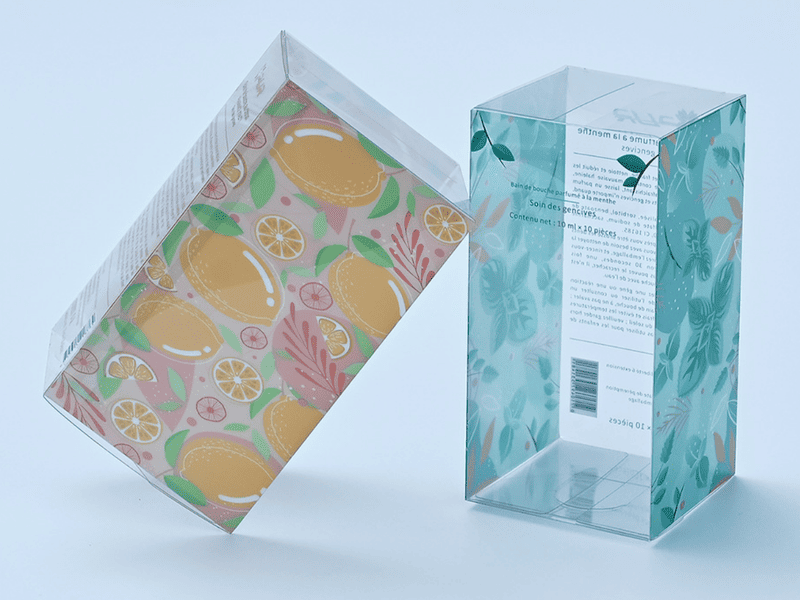

China dominates the global packaging market, producing over 40% of the world’s plastic blister packs. However, navigating its vast supplier network can be daunting—especially for businesses prioritizing quality, compliance, and sustainability. From avoiding scams to securing eco-friendly materials, here’s how to identify trustworthy blister packaging suppliers in China.
What Are the Regulations for Blister Packaging?
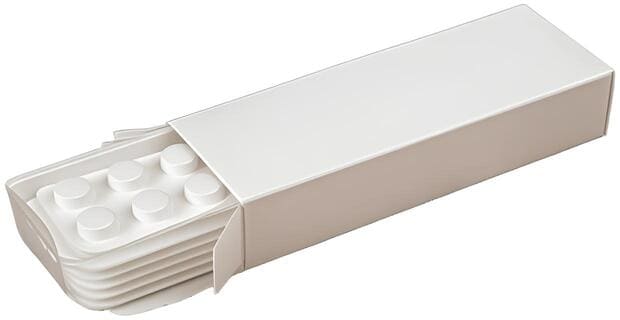

A Compliance Guide for Modern Brands Blister packaging […]
What is the Difference Between a Blister Pack and a Bubble Pack?


Blister packs and bubble packs are both widely used in product packaging, but they serve distinct purposes and offer unique advantages. Understanding their differences is critical for brands aiming to optimize product protection, sustainability, and user experience. In this article, we’ll explore their structural design, use cases, environmental impact, and more.
Best Alternatives to Blister Packaging: Sustainable, Cost-Effective, and User-Friendly Options
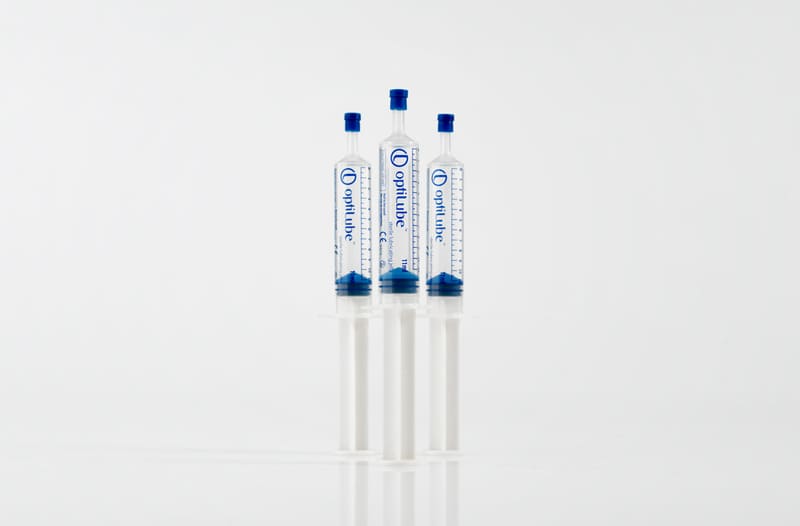

Blister packaging has been a staple in pharmaceutical, consumer goods, and electronics industries due to its protective, tamper-evident design. However, increasing demand for plastic-free packaging, regulatory bans on PVC, and the push for sustainable packaging alternatives are encouraging brands to switch to eco-friendly blister packaging replacements. Let’s explore the best alternatives and their advantages.
What is the Problem with Blister Packaging?
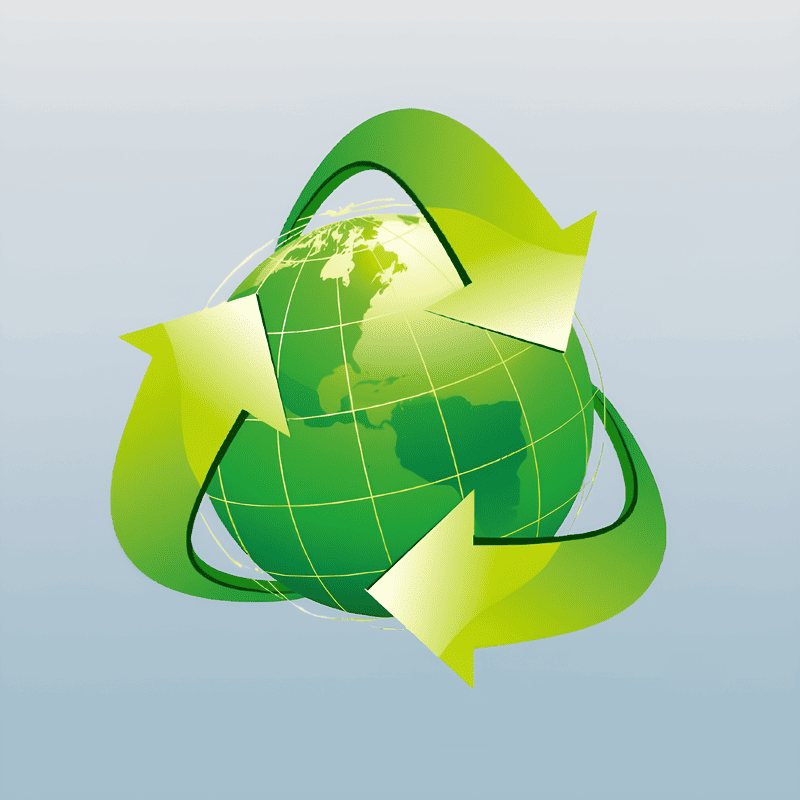

Blister packaging-the clear plastic and foil shells used to protect everything from pills to electronics-has become ubiquitous. But while it’s effective at safeguarding products, this packaging format faces growing criticism. From environmental concerns to user frustration, let’s break down the key problems with blister packaging and explore modern alternatives.
What is the difference between a blister card and a blister pack?
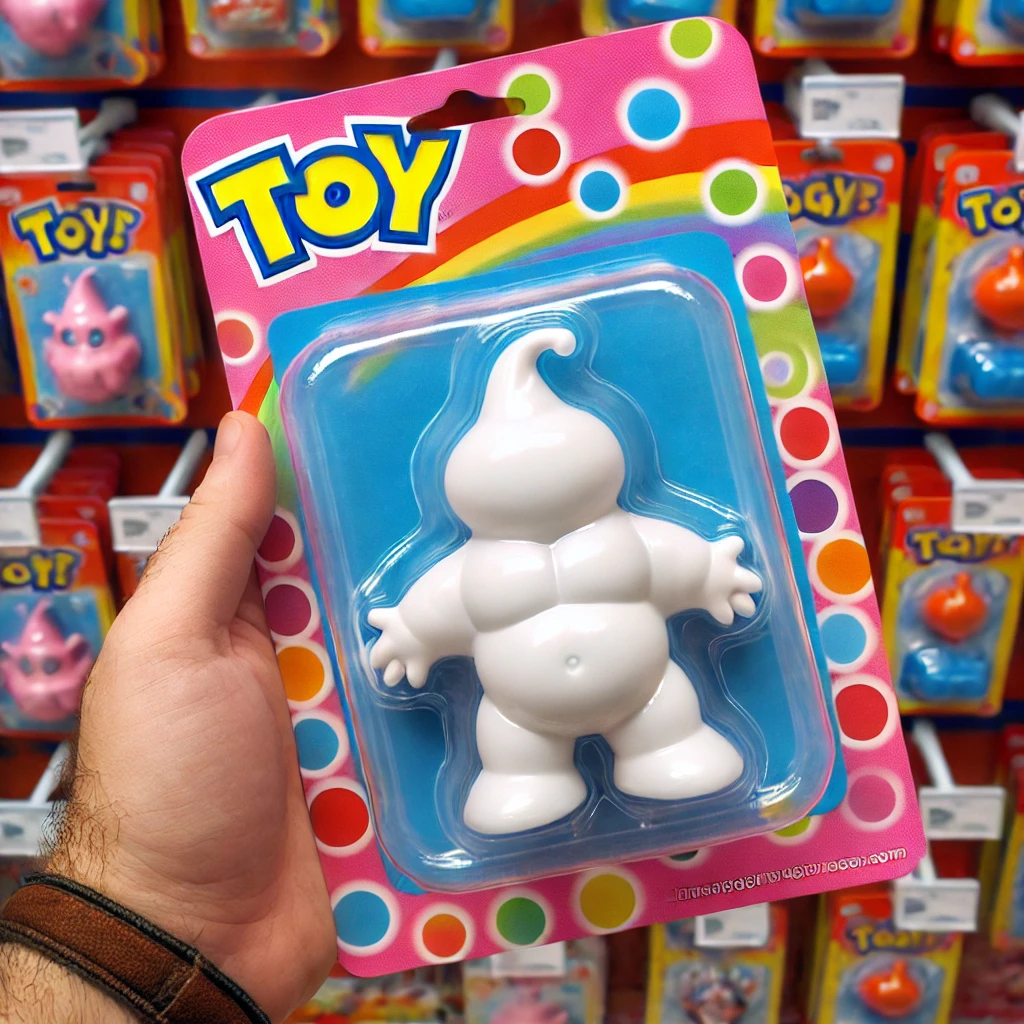

Blister packaging is a versatile and widely-used method for protecting and showcasing products in various industries. However, confusion often arises between two common formats: blister cards and blister packs. This article clarifies their differences, benefits, and applications while incorporating keywords like blister pack, blister package, PVC package, and empty blister pack.
What is the Difference Between Clamshell and Blister Packaging?
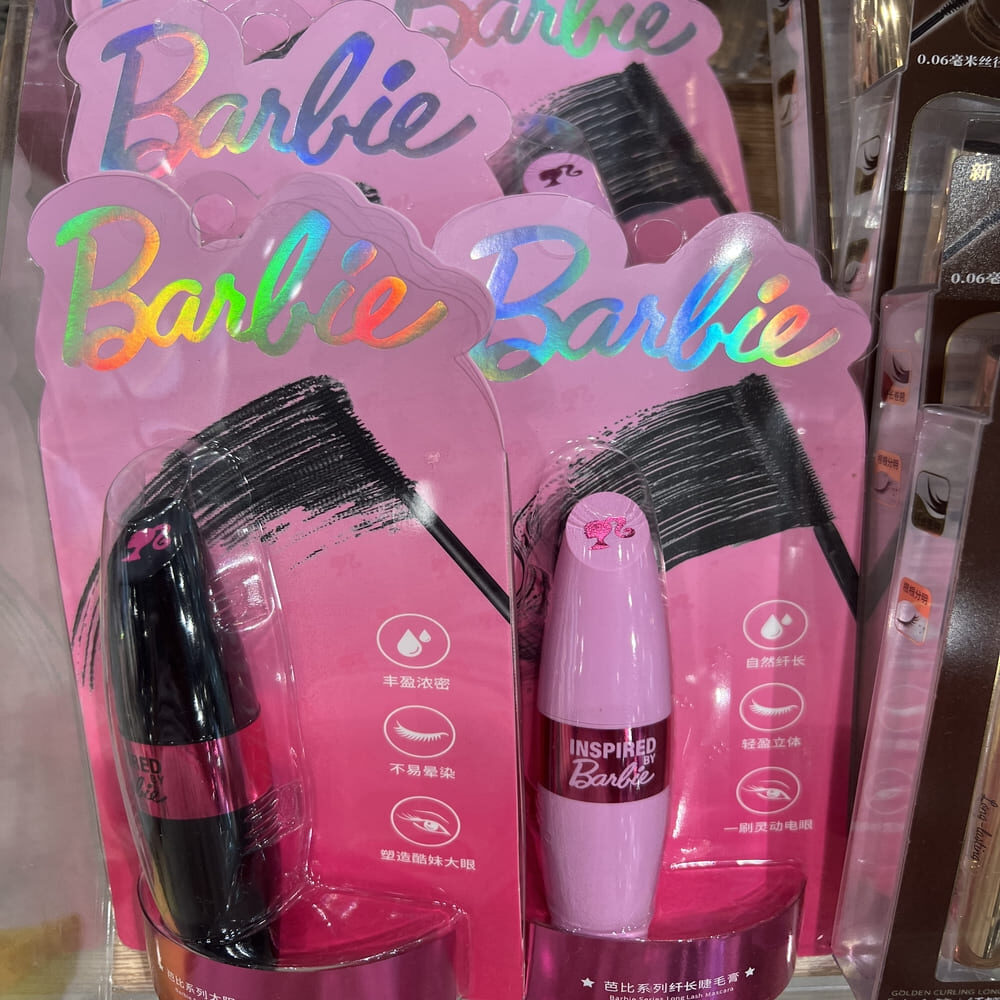

In the world of consumer packaging, finding the right solution to display, protect, and enhance a product’s appeal is crucial. Two of the most popular types of packaging are clamshell blister packaging and blister packaging. While both provide an attractive way to showcase products and allow consumers to see what they’re buying, they each offer unique features and advantages. Knowing the differences between these packaging types is essential for businesses aiming to select packaging that best suits their product, budget, and sustainability goals.
What is Blister Packaging?
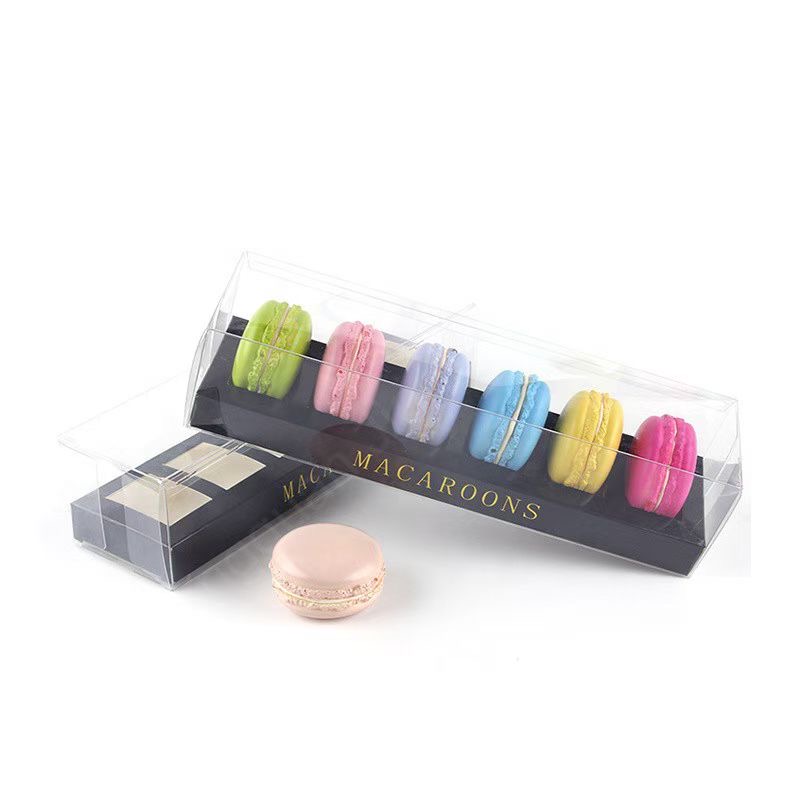

Blister packaging is a popular and effective solution for displaying and protecting products across various industries. Known for its transparent plastic cavity and secure backing, blister packaging enhances product appeal while keeping items safe. This guide will walk you through everything you need to know about blister packaging, including its types, benefits, and applications.
Understanding the Difference Between PET and APET for Blister Packaging


Begin with a brief introduction about blister packaging and why material choice matters, especially for product visibility, durability, and cost-effectiveness.
What is PVC Blister Packaging?
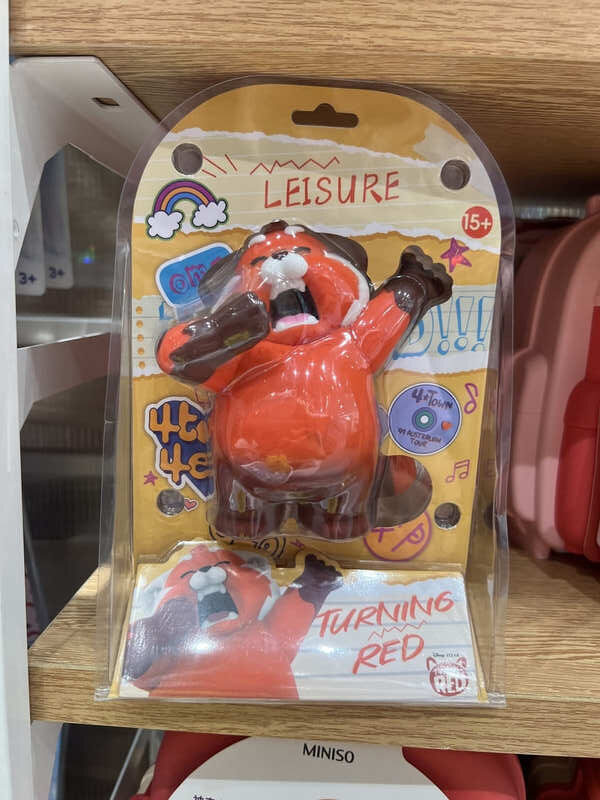

PVC blister packaging, in its simplest form, is a type of packaging that uses pre-formed plastic sheets made of Polyvinyl Chloride (PVC) to house various items. It’s that transparent, molded piece that snugly secures everything from your new earphones to those irresistible chocolates. Why PVC, you ask? Well, it’s affordable, versatile, and has a knack for showcasing products with crystal clarity – letting them shine on shelves while keeping them cozy and protected.
